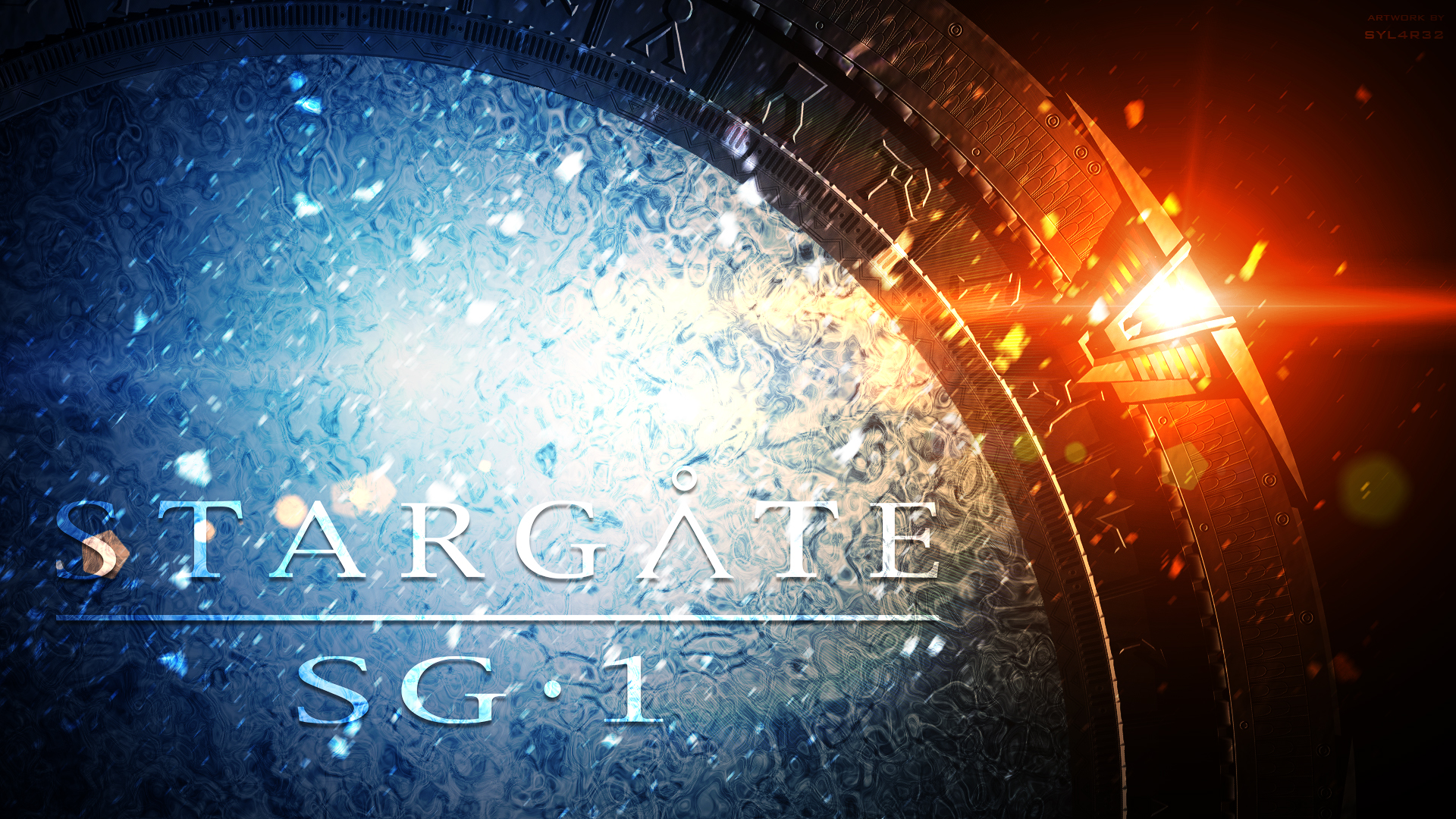

Showtime gave Wright and Glassner a two-season commitment, and in February 1996, they were on a soundstage in Vancouver filming the two-hour, $6 million pilot of “SG-1.” Richard Dean Anderson (“MacGyver”) agreed to play then-Col. “And Jonathan had a notion that Ra was not the last of its kind, so you could have any number of ancient gods.” “Our feeling was that if you had the capability of stepping through to another planet, the first thing you’d do is create an early NASA-like organization of small teams who go off and explore,” Wright says. (“Stargate” filmmakers Roland Emmerich and Dean Devlin had chosen to focus on developing 1996’s “Independence Day.”) That summer, Wright and Glassner pitched the idea separately to MGM Worldwide Television Group president John Symes (who has since left MGM), who made them a team. “I recognized immediately that there was a terrific series there, simply because there’s a gate that can get you to other planets,” remembers “Atlantis” co-creator and “SG-1” executive producer and writer Brad Wright, then a co-executive producer and writer on the syndicated “The Outer Limits.” One other person agreed: Wright’s fellow “Limits” executive producer Jonathan Glassner. When “Stargate,” the feature film starring Kurt Russell and James Spader, opened in theaters in October 1994, at least one audience member saw the possibility of mining the intergalactic battle between mortals and Ra-worshipping aliens for TV thrills. Sometimes, there’s no explaining the rules of attraction. “And every year, we say ‘No, one more season, but next year is definitely the last.’ We thought we’d pass the baton to ‘Atlantis,’ but all we’ve done is double money and our audience.'”

“I’ve been here for five years, and almost every year we’ve had the debate, ‘Is this the last year?'” Sci Fi Channel executive vp and general manager David Howe says.


 0 kommentar(er)
0 kommentar(er)
